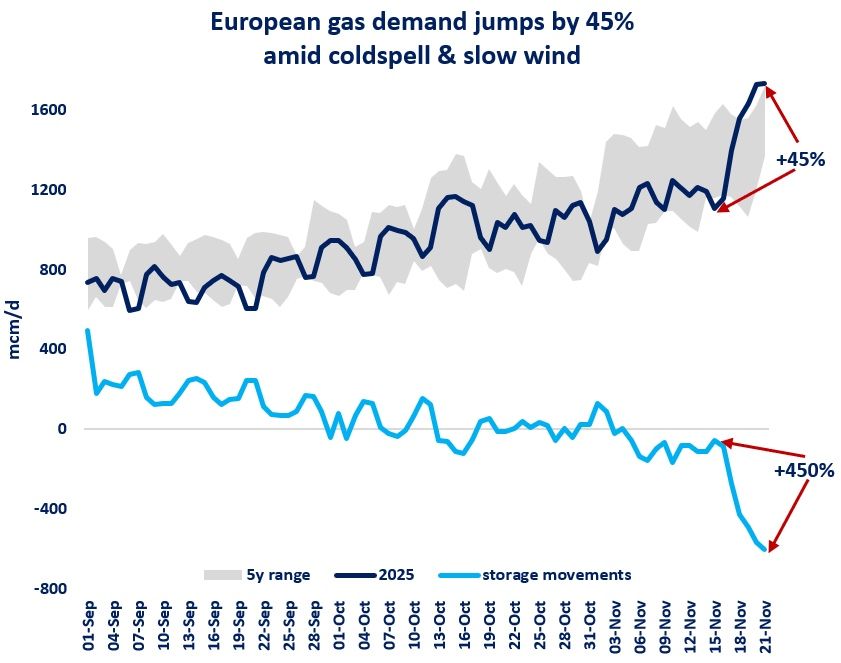

Caroline Aumeran, Head of appygas, participated in a webinar from Route4Gas on 28 January to discuss the main factors surrounding gas transmission within today’s gas market today, and how they will change.
Sixty percent of long-term gas contracts are set to expire by 2028, ACER reports. This number may come as a surprise; however, large contracted volumes have been expiring rapidly since 2019.
This fact accompanies the notion that natural gas is increasingly commoditised and following hub-indexation, rather than long-term oil-indexation contracts.
Additional to supplying and delivering, optimising and trading between the different hubs has been soaring. Gas gets shifted wherever the market gives the highest value for it.
The speed of these shifts, as well as other catalysts such as politics and economics, challenge the predictable and set patterns of physical demand-driven strategies.
 Evolution of capacity booked by capacity type – 2016–2045 – TWh/da Source: ACER Gas Market Monitoring 2019
Evolution of capacity booked by capacity type – 2016–2045 – TWh/da Source: ACER Gas Market Monitoring 2019
What to expect with the rise of short-term contracts
PRISMA can already offer some insight into what conditions will become the norm as long-term contracts subside. An analysis of PRISMA data from Gas Year 2019-2020 returned the following trends:

Changes to Capacity Bookings 2021
Adjusting to the digital
Channelling the potential for more liquidity and agility on the market anticipates two main requirements. It requires not only harmonised products but also streamlined channels and processes. This is where platforms such as PRISMA come into play. As a standardised system for trading and booking, PRISMA presents a gold standard for market players seeking consistent and reliable data across all points and market areas.
In turn, these large-scale market changes increase the demand for real-time data. This is where digitalisation comes in, as a means of centralising and unifying data from various sources a market in order to generate quick market insights and spot short-term opportunities.
These circumstances provide ideal conditions for new businesses to emerge. Route4Gas and appygas are just two examples of digital ventures that use digitalisation to their benefit. Route4Gas, on the one hand, provides an algorithm to simplify secondary trading, whereas appygas offers products that help experts track and monitor market data. Both businesses demonstrate the creativity of market experts to adapt to increasing unpredictability and volatility on the market.
Caroline Aumeran is Head of appygas, a data-focused innovation venture that seeks to make the gas market easy. Our team of gas experts offers end-to-end digital solutions that take the guesswork out of monitoring changes. Book a demo with us today.
This article is an adaptation of the webinar “Monetising Physical Flows”, organised by Route4Gas. To access the webinar, click here.













